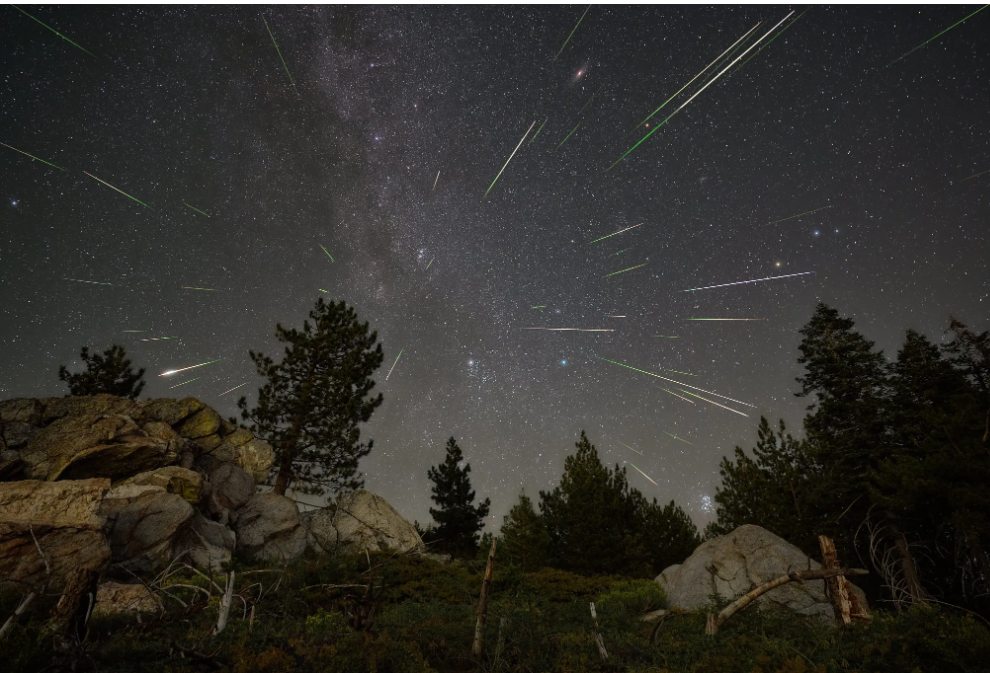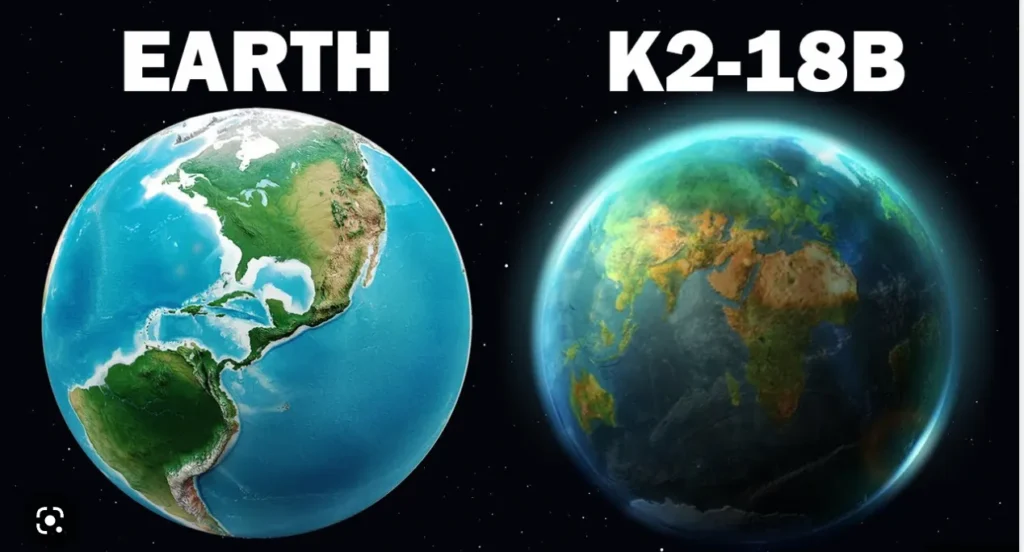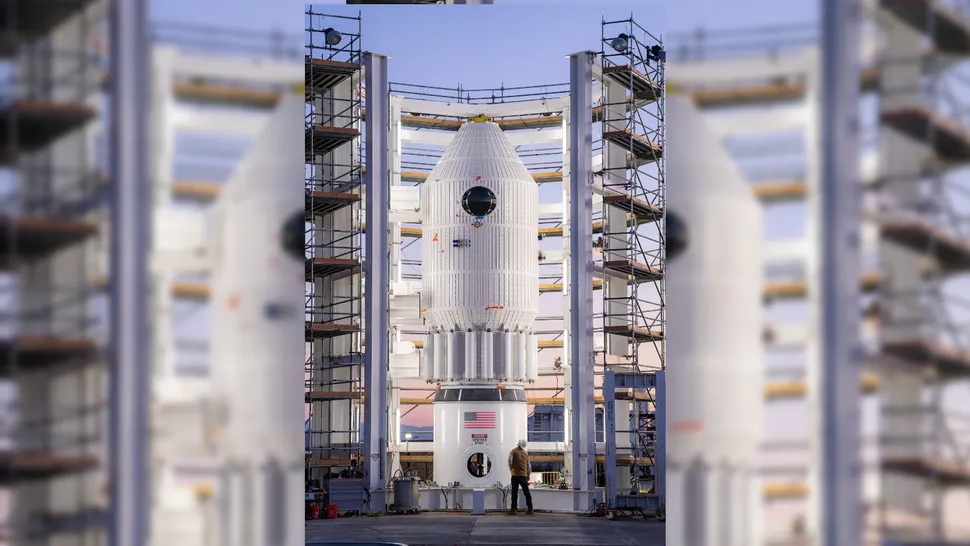Galactic Highlights of 2025: New Clues, New Skies, New Frontiers

As the year reaches its halfway mark, the cosmic winds of 2025 have already carried with them some of the most thrilling discoveries and milestones in modern space exploration. From the hints of alien life on distant worlds to the awakening of powerful observatories, our universe continues to whisper secrets — and we, the Earthbound dreamers, are learning to listen.
Let’s take you through the most exciting space headlines of recent months, each a step further into the great unknown.
🌍 1. Possible Signs of Life on Exoplanet K2-18b
In what scientists are calling the “strongest evidence yet” of potential life beyond Earth, NASA’s James Webb Space Telescope has detected possible biosignatures — molecules that may be linked to life — in the atmosphere of K2-18b, a planet orbiting a cool dwarf star about 120 light-years away.
Hydrogen-rich atmosphere, carbon-bearing molecules like methane, and even traces of dimethyl sulfide (DMS) — a gas associated with life on Earth — are among the finds that have turned heads worldwide.
📸 Reference for image:
Source: BBC Science News – K2-18b Discovery

2. A Giant Planet Where It Shouldn’t Be
Red dwarfs were long believed to be too small and cold to host large planets — but a recent discovery shattered that assumption. Astronomers have spotted a giant gas planet orbiting a tiny red dwarf, suggesting we may need to rewrite planetary formation models. The finding widens the search for habitable worlds around more star types.
📸 Image suggestion:
ScienceDaily article – Red Dwarf Surprise
3. Rubin Observatory Sees First Light
Atop Cerro Pachón in Chile, the Rubin Observatory opened its eyes to the night sky for the first time — and what it will see next could redefine our cosmic map. Its 8.4-meter telescope is part of a 10-year mission to capture everything from asteroid trajectories to dark matter patterns.
This marks a new age of deep-sky imaging, expected to produce 20 terabytes of data per night.
📸 Visual reference:
Rubin Observatory – Official Page
4. SpaceX’s Starlink Network Expands
SpaceX successfully launched another fleet of Starlink satellites into low Earth orbit. This growing constellation now powers global internet coverage in remote zones and is setting the stage for space-based connectivity in future lunar and Martian missions.
📸 Track live launches:
SpaceX Launch Page
5. A Star Nursery Near Home
In a discovery that excited astrophysicists, scientists have identified one of the largest and closest star-forming clouds ever detected. This vast interstellar cloud contains enough raw material to create thousands of new stars and possibly even planetary systems.
The cloud’s relative proximity offers researchers a unique chance to study how stars are born, from dust to light.
📸 Reference:
ScienceDaily – Star Formation Cloud
6. Haven-1: The First Commercial Space Station
A new space chapter begins as Haven-1, the first commercial space station, is slated for launch in late 2025. Designed to accommodate space tourists and researchers, it marks humanity’s first step into space hospitality.
Private missions could soon feature luxury labs and perhaps even cosmic honeymoon suites!
📸 Source:
Vast Space – Haven-1 Details

7. Propellant Transfer Test by SpaceX
SpaceX is also gearing up for a space refueling demo, where two Starship spacecrafts will dock in orbit and exchange fuel. This critical technology test is essential for future Moon and Mars missions, where long-distance travel will rely on orbital pit stops.
📸 Coverage:
NASA Artemis Logistics – SpaceX Involvement
🇪🇺 8. ESA’s Space Rider Gears Up
Europe’s answer to reusable spaceflight, the Space Rider, will make its first uncrewed orbital flight in late 2025. This robotic spaceplane will carry scientific payloads and return them safely to Earth — all without human crews. Think of it as a reusable space truck for science!
📸 More Info:
ESA Space Rider Overview
🇨🇳 9. China Launches Tianwen-2 to an Asteroid
China has successfully launched Tianwen-2, a bold mission to rendezvous with near-Earth asteroid 469219 Kamoʻoalewa, collect samples, and return them to Earth by 2027. This will advance our understanding of early solar system materials and support future planetary defense efforts.
📸 Mission updates:
CNSA & Global Times Space News
Final Thoughts
2025 is turning out to be a banner year for space — from whisperings of life on distant planets to the tools and missions that will shape our interplanetary future. We are witnessing the dawn of next-generation space science, and the journey is just beginning.
So next time you look up, remember — behind those stars, the universe is not silent. It’s speaking louder than ever.


MCWcasino777… three sevens, pretty bold! They definitely have a wide selection of casino games, and I spotted some progressive jackpots. Could be worth a spin if you’re feeling lucky. Find the website behind this name here mcwcasino777
Alright, hear me out! Pak111game ain’t half bad. I was a little skeptical at first, but the interface is pretty slick, and I haven’t had any major issues. Definitely worth checking out if you’re looking for something new. Check it out here pak111game.